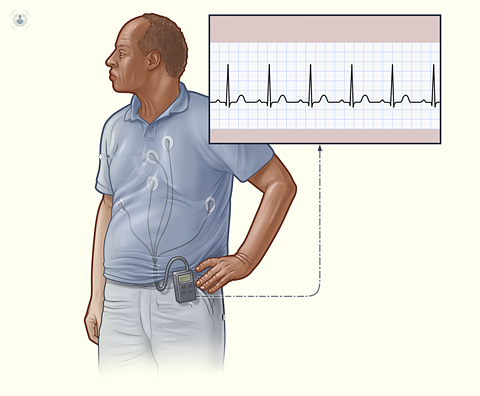Infusion pump
What is an infusion pump?
An intravenous infusion pump is a device to administer medication or medication for the treatment of high blood pressure. There are three types of pumps: the positive displacement pump, peristaltic linear pumps, and peristalsis pumps. Infusion pumps allow for high viscous medications to be administered through small catheters into the veins. Medication is usually administered this way through the dorsal veins of the hand, the forearm, the arm, the dorsal veins of the foot, the inguinal region and the antecubital fossa.

Why is an infusion pump used?
An infusion pump is primarily used to administer medications to a patient when there is no other way of administering medication.
How does an infusion pump work?
Positive displacement pumps, for example, are very commonly used. These pumps can be divided into two types: cassette and syringe pumps. Cassette pumps have an integrated chamber where a small valve allows liquid to pass. When the pump starts, the valve closes, forcing liquid to move towards the patient, without returning to the bag. Peristaltic linear pumps have evolved to be just as accurate as displacement pumps, with the liquid medication descending through a straight channel into the patient.
Rotating peristaltic pumps provide the least accuracy. These pumps are not used to administer medication but instead are used to administer food or for the administration of blood during surgical procedures such as a heart operation or bypass surgery.
How does one prepare for an infusion pump?
A thorough preparation is not required to undergo treatment with an infusion pump.
Aftercare
As the procedure is simple, after infiltration, no special care is necessary, apart from carefully and hygienically removing the route of entry to the skin.